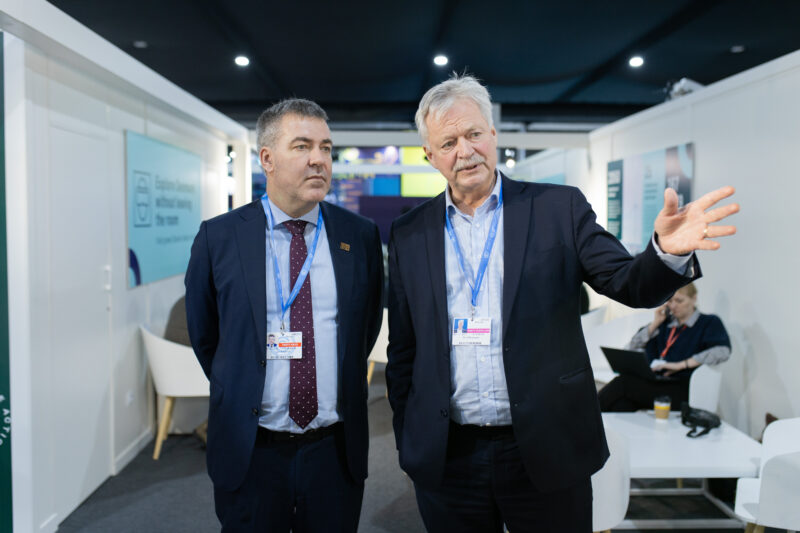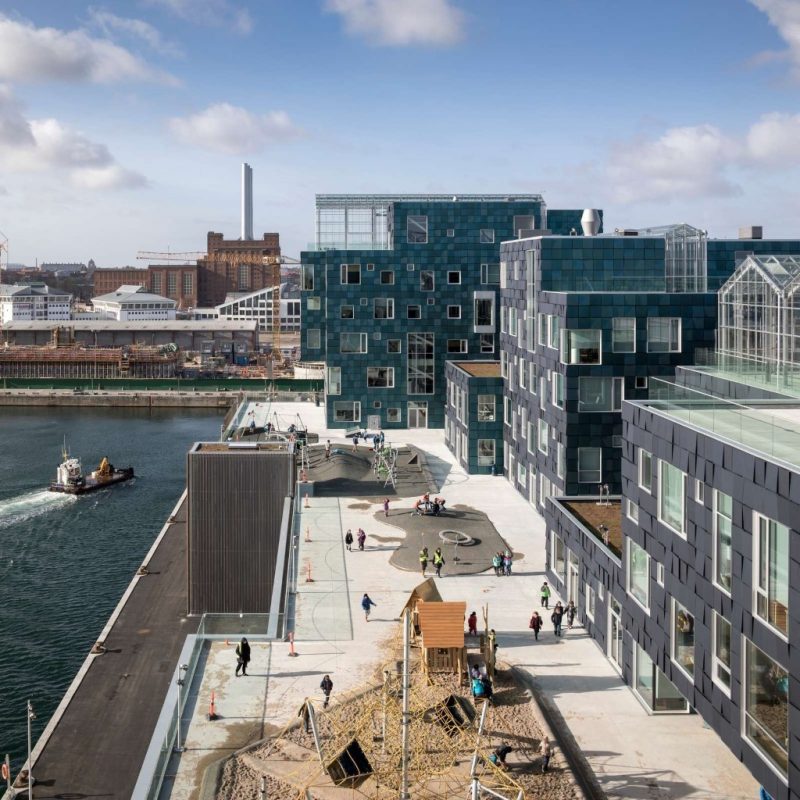News
‘Herning Bikes’ in the middle of Jutland


In the middle-sized Danish town of Herning, 2012 was an important year for cycling. The Giro d’Italia mania had barely passed before Herning was chosen as ‘Cycle City of the Year’. The town’s efforts to boost cycling had already paid off, although they had just begun.
The ‘Herning Bikes’ project started in 2011. The goal is to reduce the number of short car trips by 5%. The project covers all the initiatives launched to get more people to bike in Herning and is part of the municipality’s climate plan and thus embedded in more than one department. From the very beginning, the bicycle project became a large-scale independent project in which the ambitions for making, consolidating, and communicating change were part of an overall strategy.
Nearly half never bike to place of work or education
Surveys show that 10% of the municipality’s citizens over 18 years of age most often go to their place of work or education by car, although the distance is less than 5 km. At least one day a week 37% bike to work – but 45% never bike to place of work or education. Thus, there is great potential for getting more people to bike.
Focus on commuters, school children, and leisure cyclists
Herning Bikes focuses on three target groups: commuters, school children, and leisure cyclists. The municipality put initiatives in place to help more people from all three groups choose the bike over the car. For instance, they have planned guided bike tours with various themes such as culture, nature, and history for both children and adults. The tours depart from different places so participants do not need to go there by car. Every year, Herning Bikes also helps organise several large bicycle races for both amateur racing cyclists and families.
Change, consolidation, and communication
The initiatives cover physical improvements such as more bicycle parking and more bicycle tracks, on commuting routes in particular. High-profile initiatives involve a railway station, new hospital, and park-and-bike facilities by the freeway. Campaigns that seek to influence the attitude and behaviour of the citizens also have high priority in order to affect significant change.
For instance, campaigns in the schools aim to change the transport habits of parents so that they teach their children how to conduct themselves in traffic (by bicycle) rather than driving their kids to school by car. Another project lends electric bikes to companies so the employees can try an electric bike as an alternative to taking the car to work.
Ambassadors a part of the strategy
The consolidation of the various initiatives is important in order to achieve success. A number of ambassadors, including companies, schools, and local bicycle enthusiasts in Herning, support the project by telling about their own positive experiences with the campaigns they have participated in or the physical improvements made by the schools. They are all obligated to be visible and pass on their good stories.
For more information on biking in Denmark, take a look at the work of the Cycling Embassy of Denmark.
You should consider reading
solutions
Combined heat and power production
+6
CopenHill: The story of the iconic waste-to-energy plant
20 November 2024solutions
Energy efficiency in buildings
+2















